|
|
|
|
|
Cell Press Live:智能化可编程生物材料 |
|
|
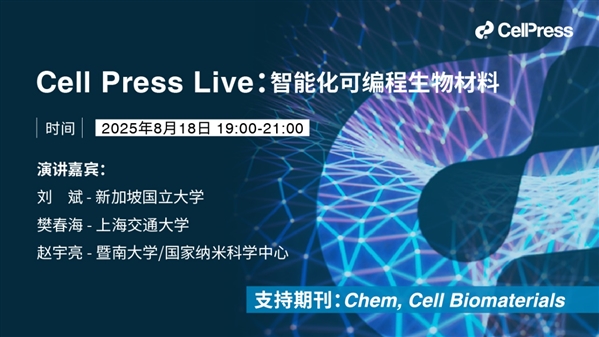
直播时间:2025年8月18日(周一)19:00——21:00
直播平台:
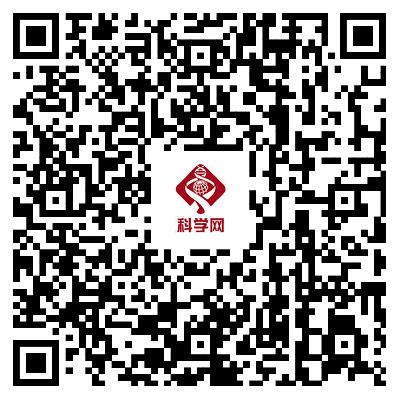
科学网APP
https://weibo.com/l/wblive/p/show/1022:2321325199195115487456
(科学网微博直播间链接)

科学网微博

科学网视频号
【直播简介】
智能生物材料领域正在迅速创新生物医学科学和临床治疗的新范式。这些创新,包括在癌症治疗中,利用可编程单态氧电池系统克服传统光动力疗法的局限性,通过采用肿瘤微环境响应开关,系统实现选择性、按需的治疗释放,最大化疗效,同时最小化副作用。同时,DNA被重新构想为一种分子信息材料,使得合成核酸结构的构建能够用于生物成像、药物递送和大数据存储,这种分子可编程性正在为微制造和纳米制造开辟新的前沿。而且,增强的跨细胞内吞留存(ETR)效应,正在重新定义超越经典增强渗透性和留存(EPR)效应的药物递送范例,人工智能进一步加速了下一代纳米药物的合理设计和安全评估。
基于此,Cell Press细胞出版社旗下期刊Chem,Cell Biomaterials将于8月18日(周一)晚19:00-21:00 联合举办【Cell Press Live: 智能化可编程生物材料:重新定义肿瘤治疗、分子信息和药物传递】线上讲座,分享最新成果与前沿见解,共同推动领域的发展。
三位院士齐聚于Cell Press Live大讲堂, 我们期待与大家在此次网络研讨会中分享这些尖端进展,强调智能生物材料、分子工程和人工智能如何汇聚以塑造精准医学和先进治疗的未来。
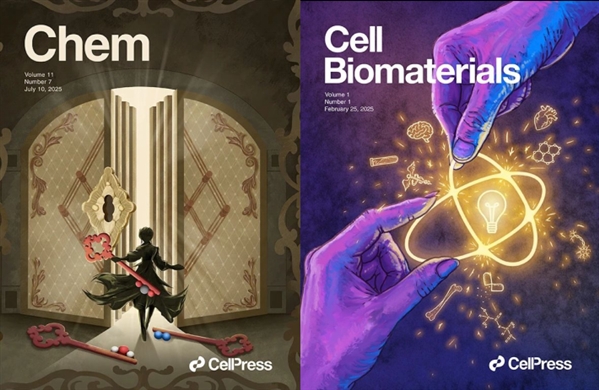
扫描二维码,免费注册参会:

【嘉宾简介】
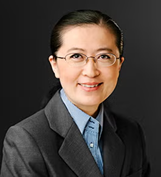
刘斌
新加坡国立大学
▌个人简介:
Professor Bin Liu is Tan Chin Tuan Centennial Professor at the National University of Singapore (NUS). Bin graduated with a bachelor’s degree from Nanjing University and a Ph.D. in Chemistry from NUS. She had postdoctoral training at the University of California, Santa Barbara before joining NUS in late 2005. Bin has been well-recognized for her contributions to polymer chemistry and organic nanomaterials for energy and biomedical applications. She is an international member of the US National Academy of Engineering. She served as the Deputy Editor to launch and develop ACS Materials Letters (2019-2024), a flagship materials journal of the American Chemical Society.
▌报告主题:
Programmable Singlet Oxygen Battery
▌报告摘要:
The efficacy of photodynamic therapy is hindered by the hypoxic environment in tumors and limited light penetration depth. The singlet oxygen battery has emerged as a promising solution, enabling oxygen- and light-independent ¹O? release.However, conventional singlet oxygen battery systems typically exhibit an“always-ON” ¹O? release,leading to potential ¹O? leakage before and after treatment. This not only compromises therapeutic outcomes but also raises substantial biosafety concerns. In this talk, we introduce aprogrammable singlet oxygen battery, engineered to address all the issues discussed above. The concept is illustrated through the development of a tumor-microenvironment-responsive pyridone–pyridine switch. This mechanism ensures suppressed ¹O? production pre-and post-therapy with selective and rapid ¹O? release at the tumor site, maximizing therapeutic efficacy while minimizing side effects. The achieved “OFF–ON–OFF” ¹O? therapy showed high spatiotemporal selectivity and was independent of the oxygen supply andlight illumination.
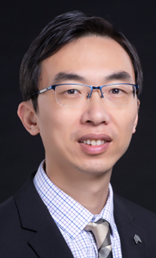
樊春海
上海交通大学
▌个人简介:
樊春海,中国科学院院士,上海交通大学王宽诚讲席教授,博士生导师,化学化工学院院长、转化医学研究院执行院长、国家转化医学科学中心唐仲英首席科学家。兼任美国化学会JACS-Au副主编,Cell Biomaterials, Angewandte Chemie, Accounts of Chemical Research等十余份国际知名杂志编委,ChemPlusChem编委会共同主席。入选发展中国家科学院(TWAS)院士、中国医学科学院学术咨询委员会学部委员,美国科学促进会(AAAS)、国际电化学学会(ISE)、美国医学和生物工程院(AIMBE)、中国化学会(CCS)和英国皇家化学会(RSC)会士。已发表国际学术论文700余篇,自2014年起连续入选“全球高被引科学家”。
▌报告主题:
核酸信息材料
▌报告摘要:
作为生命体遗传物质的DNA(脱氧核糖核酸)分子,其固有的双螺旋结构广为人知,通过AGCT碱基的精确配对与接近无限的排列组合承载了海量的生命遗传信息。然而,DNA不仅是一种遗传信息的载体,而且可以被视为一种分子信息材料。将DNA分子作为一种基础的分子砌块,通过精确的碱基编码,能够产生很多自然界不存在的核酸形态。核酸信息材料已越来越多地被用于生物成像、药物载运、微纳制造等方向。在本报告中将就基于核酸信息材料发展分子机器和大数据存储进行介绍。
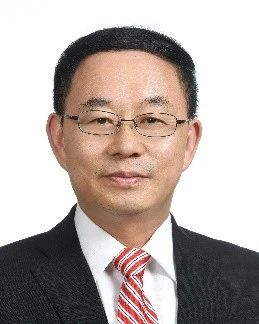
赵宇亮
暨南大学/
国家纳米科学中心
▌个人简介:
Dr. Yuliang Zhao is a Distinguished Professor of Chinese Academy of Sciences (CAS) and Director of Key Lab for Biomedical Effects of Nanomaterials and Nanosafety, National Center for Nanoscience and Technology, China. He now serves as the Director of Institute of Nanotechnology And Intelligence (inAI) of Jinan University, China, the President of Chinese Society for Biomaterials. He has been committed to promoting the emergence and development of the scientific frontier at the intersection of nanoscience and biomedicine in the country. His expertise lies on biological materials; Nanorobots and AI for Biomaterials, together with drug delivery materials and their nanotoxicology (i.e. nanosafety issue).
▌报告主题:
The Intelligent Nano-Biomaterials and Their ETR (Enhanced Transcytosis Retention) effect
▌报告摘要:
Intelligent nano-biomaterials, functioned with physiological or pathological barriers penetration, tumor-specific targeting, cancer microenvironmentally responsible, offer revolutionary strategies and ways for solving long-standing clinical issues in treating major human diseases. Over the past two decades, our research has uncovered the underlying mechanisms, like size-effects, protein corona effects, the ETR effect, etc., that have redefined the paradigms of nanoscale biomaterials in vivo and their rational design of functional biomaterials. In the talk, we will discuss the chemistry how to create new nanostructure biomaterials enable revolutionizing pharmacokinetics and therapeutic behaviors in vivo, with a focus on ETR (Enhanced Transcytosis Retention) effect beyond the classic EPR (Enhanced Permeability Retention) effect. Further we discuss how nano-factors (such as nano-size, nano-shape, nano-surface, etc.) dominate above mechanisms in biological processes of drug delivery in vivo. If time allows, we will show you the state-of the art in AI-assisted modeling and experimentally validating of toxicological understanding for fostering safer biomedical nanomaterials to advance next-generation biomaterials or nanomedicines in clinical applications.
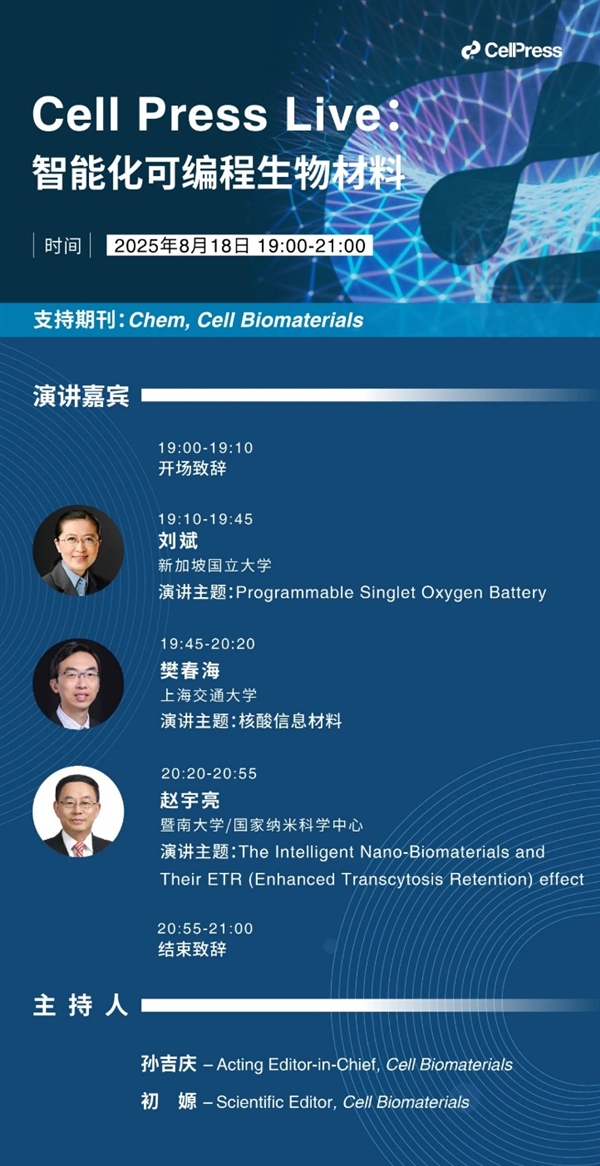
特别声明:本文转载仅仅是出于传播信息的需要,并不意味着代表本网站观点或证实其内容的真实性;如其他媒体、网站或个人从本网站转载使用,须保留本网站注明的“来源”,并自负版权等法律责任;作者如果不希望被转载或者联系转载稿费等事宜,请与我们接洽。